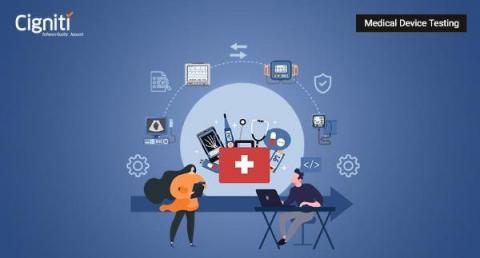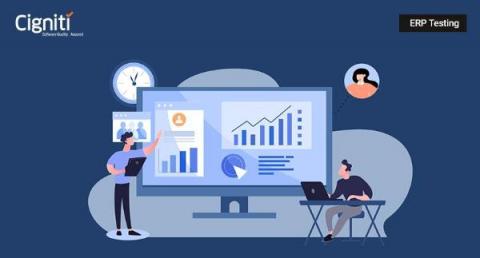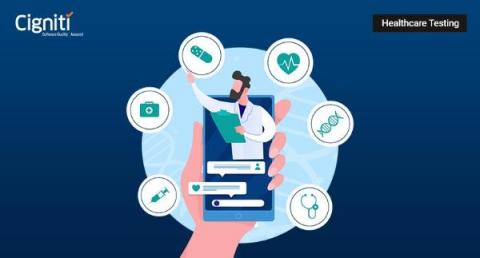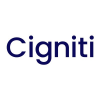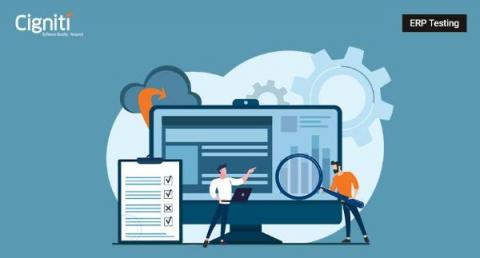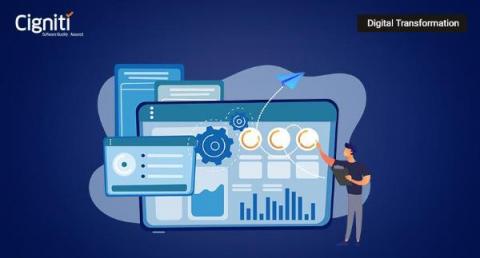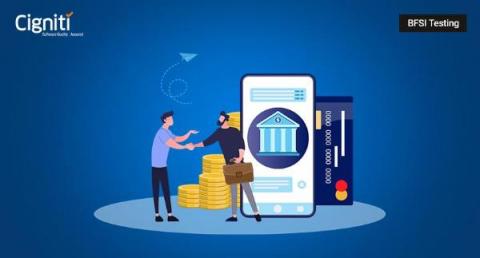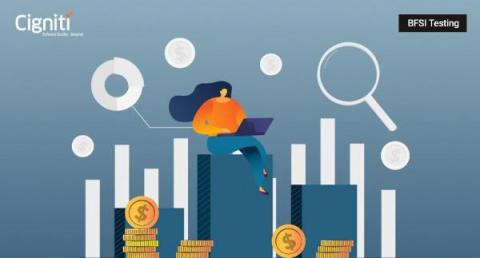Systems | Development | Analytics | API | Testing
April 2022
Creating a Custom Safety Testing Plan to Suit the Needs of Your Medical Device
Digital disruption has impacted the healthcare industry enormously and kick started various innovations in the area of medical devices. This helped people to connect effectively with the latest medical devices embedding software that delivers better healthcare services. Medical devices are critical for patient care as they directly impact human lives by providing vital data and opinions derived from them. Software glitches trigger several risks to medical devices and patients’ wellbeing.
Day-In-The-Life (DITL) Testing: Why is it important for Enterprise Customers
Day-In-The-Life (DITL) Testing: Why is it important for Enterprise Customers
DITL testing is unique testing carried out to validate whether the system is working as expected to work or not. This testing is usually performed by using real users, real data, and under the real business process execution, just like how the customer performs his day-to-day activities to manage the business. Enterprise customers perform this testing to assure that all their applications are correctly integrated and their end-to-end business processes are running as expected before going Live.
Validation and its Approach to Healthcare and Life Science Applications
Accelerate the Digital Transformation of Your Banking, Financial Services or Insurance Enterprise
Cigniti | A Global Leader in Digital Assurance & Quality Engineering Services
Accelerate Your Digital Retail/E-commerce Transformation
Validation and its Approach to Healthcare and Life Science Applications
Validation is the most used and common term to verify the GxP systems, whether they are in systems or in labs. All the required precautions should be followed and maintained every time to keep the system compliant that is used directly or indirectly in the healthcare system. GxP and its Function: One of the major goals and the most concerning things for any healthcare and pharmaceutical industry, which they always struggle to maintain the balance and try to sort out, is safety.
The Business Need of Cloud Migration Assurance (CMA)
10 Commandments of Quality Engineering for New Age Business Demands
An Insight into Oracle Fusion Patching and Testing Readiness
An Insight into Oracle Fusion Patching and Testing Readiness
Traditionally in the Software Development Life Cycle (SDLC), a patch is a fix, a quick repair job, or a piece of programming designed to resolve functionality issues, improve security, and add new features. Throughout its lifetime, the software gets frequent errors called bugs which produce unexpected results, and a patch is an immediate fix to those problems. Applying modifications to the Oracle Fusion Applications environment is called Oracle Patching.
Helping Businesses Go Digital-First | Cigniti
Client Testimonial | Atom bank - UK's first Digital-only bank
Cigniti Keynote Presentation | ISG Executive Provider Summit 2022 in Orlando, Florida
Digital Complexity Paradigm: Digital Assurance as an Enabler for Speed
Digital Complexity Paradigm: Digital Assurance as an Enabler for Speed
I am back with blog 3 in this series! In blog 1 I introduced the concept of the Digital Complexity Paradigm (DCP), and in blog 2, I broke down the DCP by focusing on the Technical Complexity factor of that formula. As covered in blog 2, using my favorite “digital transformation of the broom” example, the Technical Complexity enabling today’s digital is getting more and more challenging, and there is no end in sight. That in itself can be a mountain to climb.
Challenger Banks: Business Drivers and Success Imperatives
Challenger Banks: Business Drivers and Success Imperatives
Challenger Banks are the new age banks that have come into existence riding on the waves of technological and regulatory enablement. These banks, in general, are completely digital and don’t have a branch, saving loads of money, which makes the entire process convenient and cost-effective for the customer. Every year, they are gaining more and more popularity and have already taken over some categories like payments and transfers.
Business Benefits of Digitalization in Wealth Management
Business Benefits of Digitalization in Wealth Management
Digitalization is a challenge for wealth management firms and will provide an inevitable change in the coming decade. It is an essential aspect of modern investors’ premium service to include high-quality digital tools. Wealth management firms are facing challenges such as addressing the threat of fintech challengers, measurable success metrics, KPIs, and the advantages of life after paper, which are essential elements of a successful digitalization plan.



